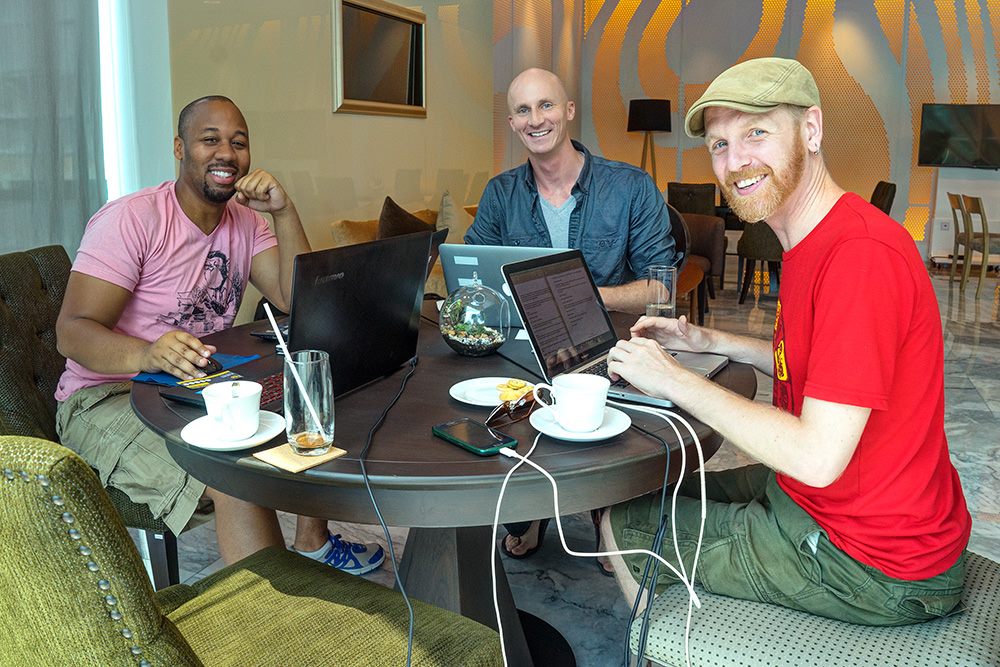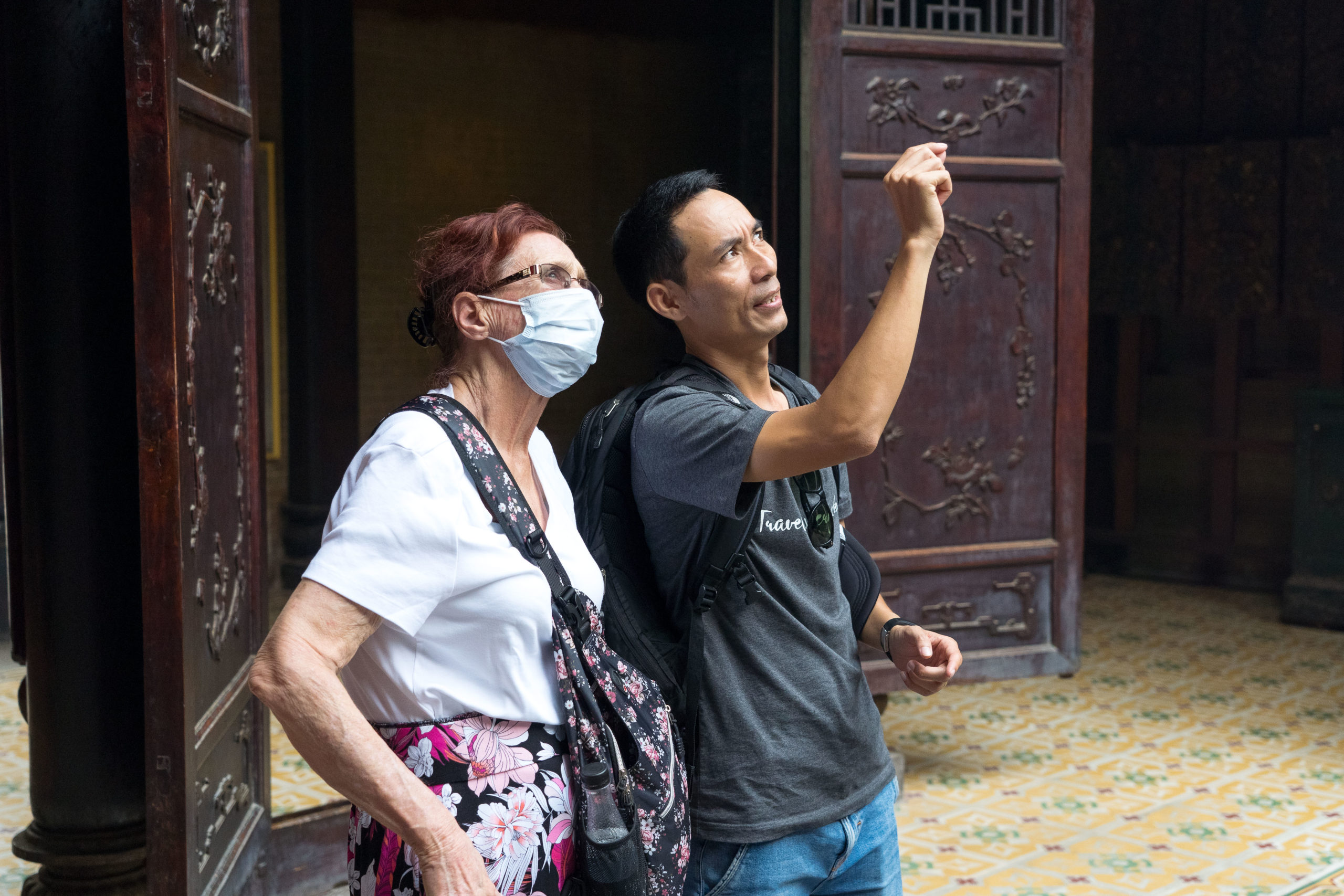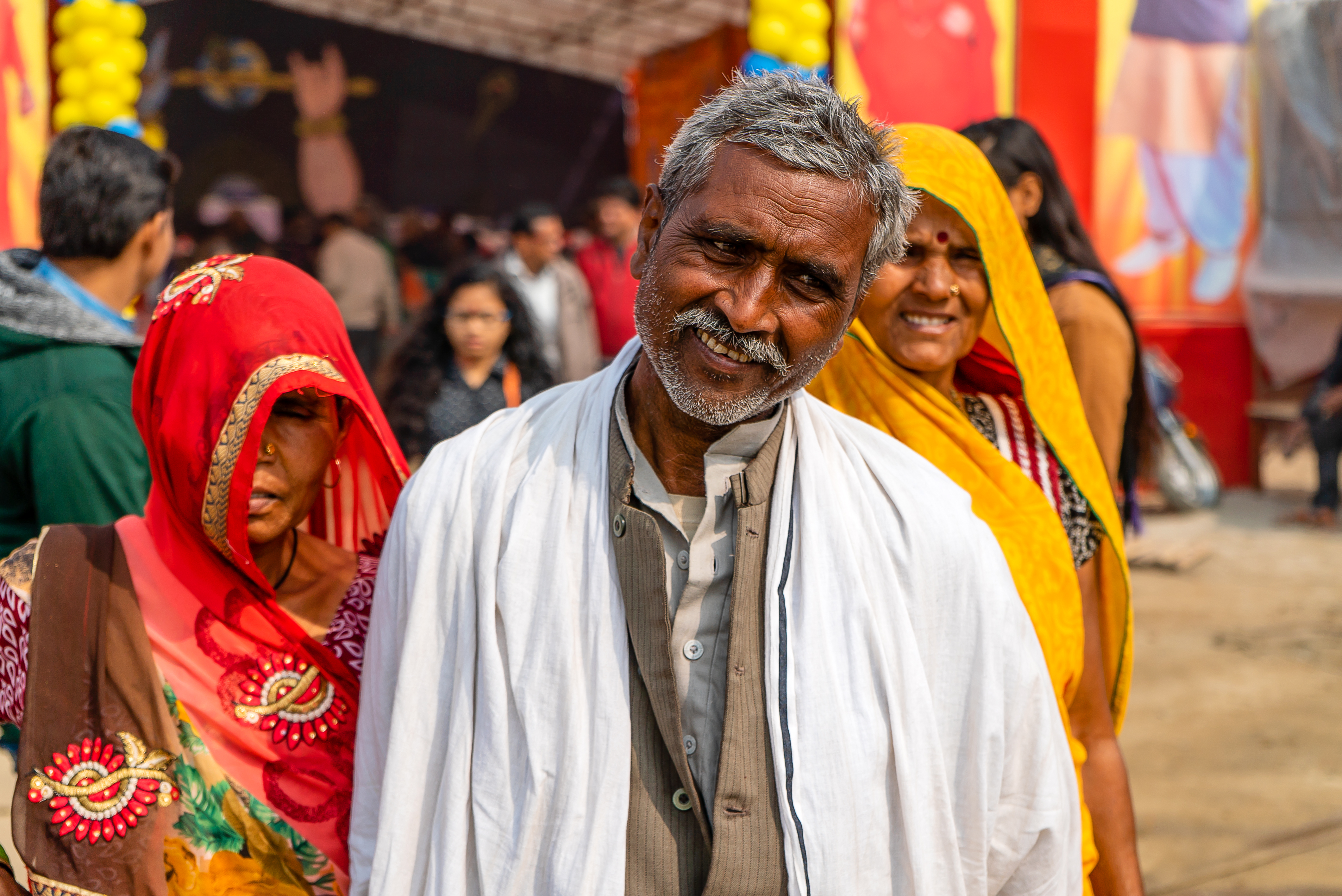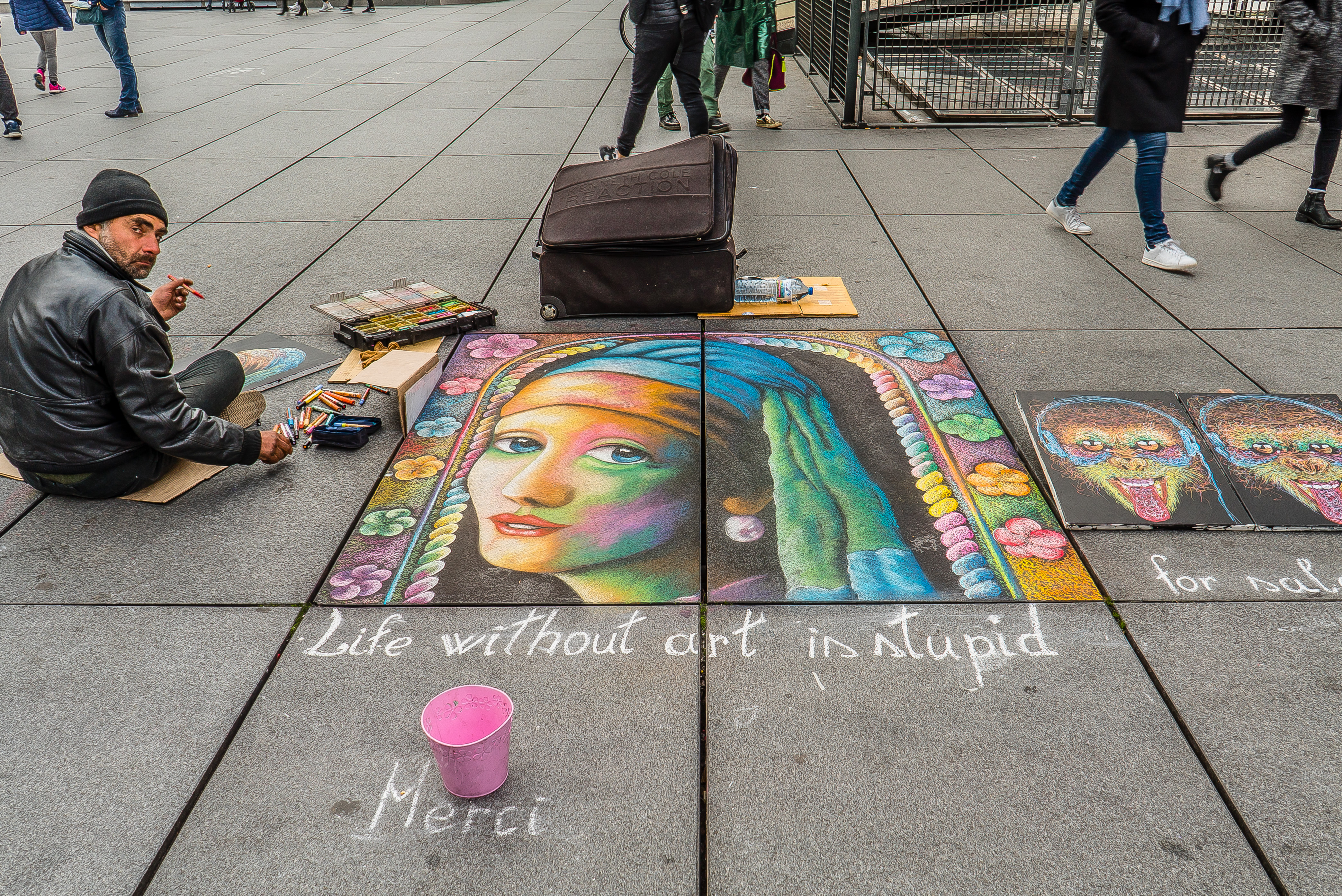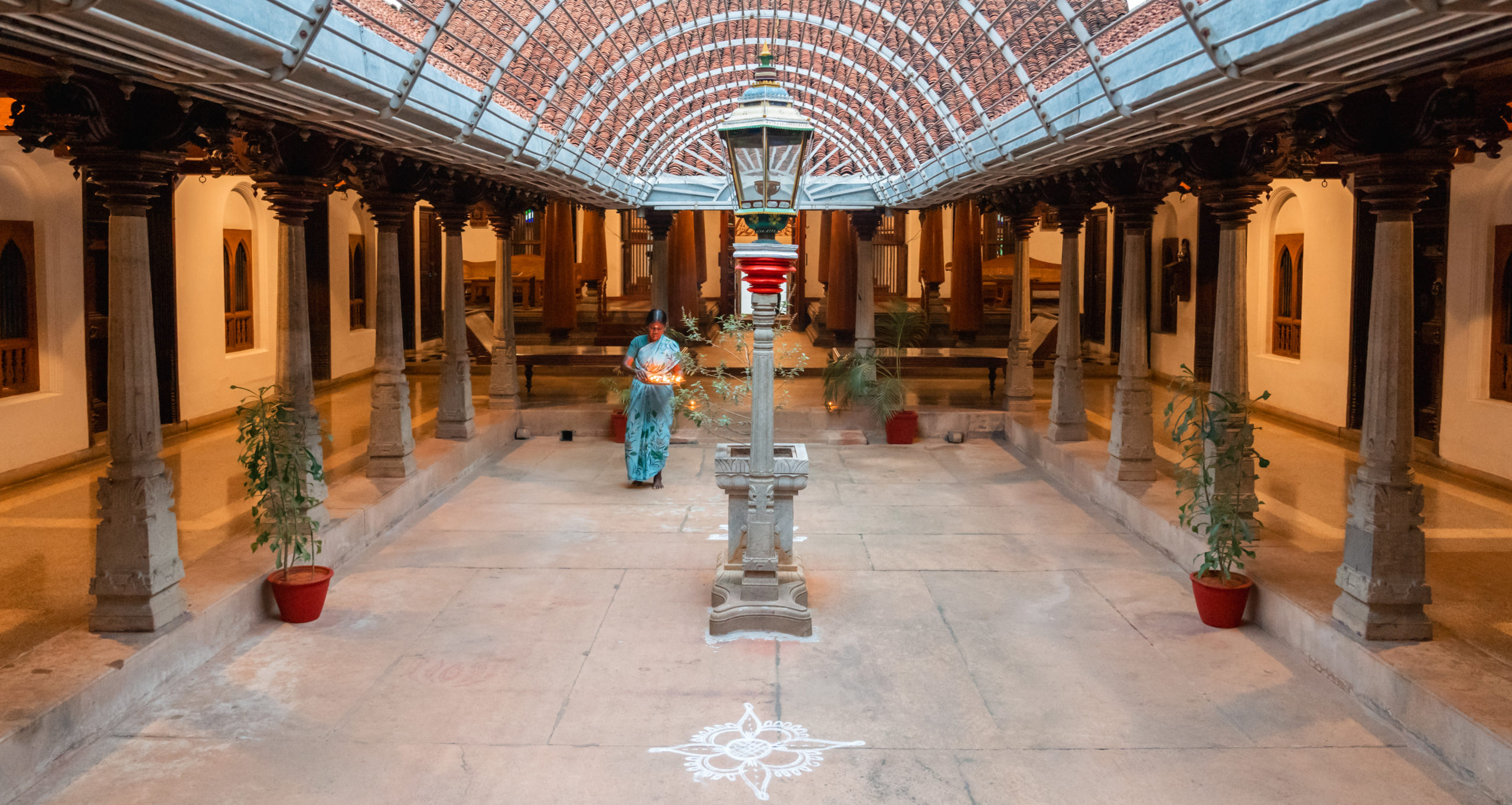TRAVEL IS AWESOME!!!! Said in my loud internet voice. Life changing experiences, amazing friends, and transformative moments make travel one of the best things we can do. But too often we forget the reality of life. Things happen. And too often, travelers aren’t insured. Because let’s be honest, thinking about the bad things that could happen is a downer. I’ve partnered with the folks over at Allianz Travel Insurance to highlight some of my favorite travel experiences that require you to get travel insurance. Notice I said required. All of these activities come with an element of danger. From broken bones to sickness. So let’s take a look at these experiences and some if the risks you might not know about.
Train in the Birthplace of Brazilian Jiu Jitsu, Brazil
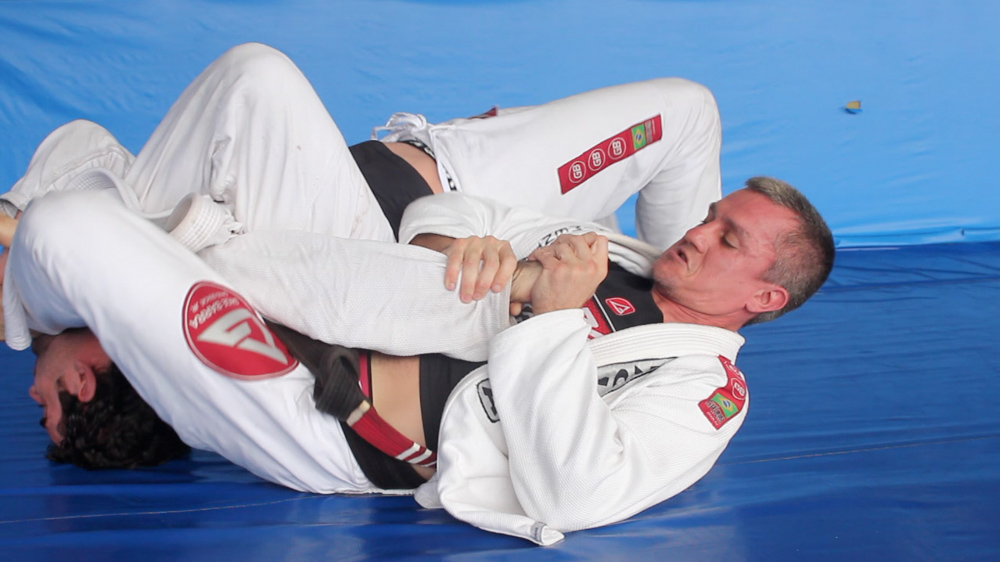
The foundation of modern mixed martial arts has exploded in recent years. While the UFC has made Brazilian Jiu Jitsu more common in the US, this art has long been practiced abroad. In recent years, more and more travelers have been flocking to Brazil to train in the birthplace of BJJ. While there has long been a tradition of sports travel such as Muay Thai in Thailand or Karate in Japan, BJJ has presented a bit more of an issue given the turbulent nature of Brazil at times.
RISK: Injuries
Any martial artist will tell you that you WILL get injured. It might be a sprained finger or a broken bone. But the reality is, it will happen. Having travel insurance is critical to ensure you receive the proper healthcare quickly. Especially for broken bones that need to be set so they can heal properly.
TIP: When choosing a school to train at, try to find an accredited school under the Gracie Barra banner. While several other schools are great, the Gracie brand is international and offers you an opportunity to train at any school under their brand.
Trek to the Top of The World, Mount Everest
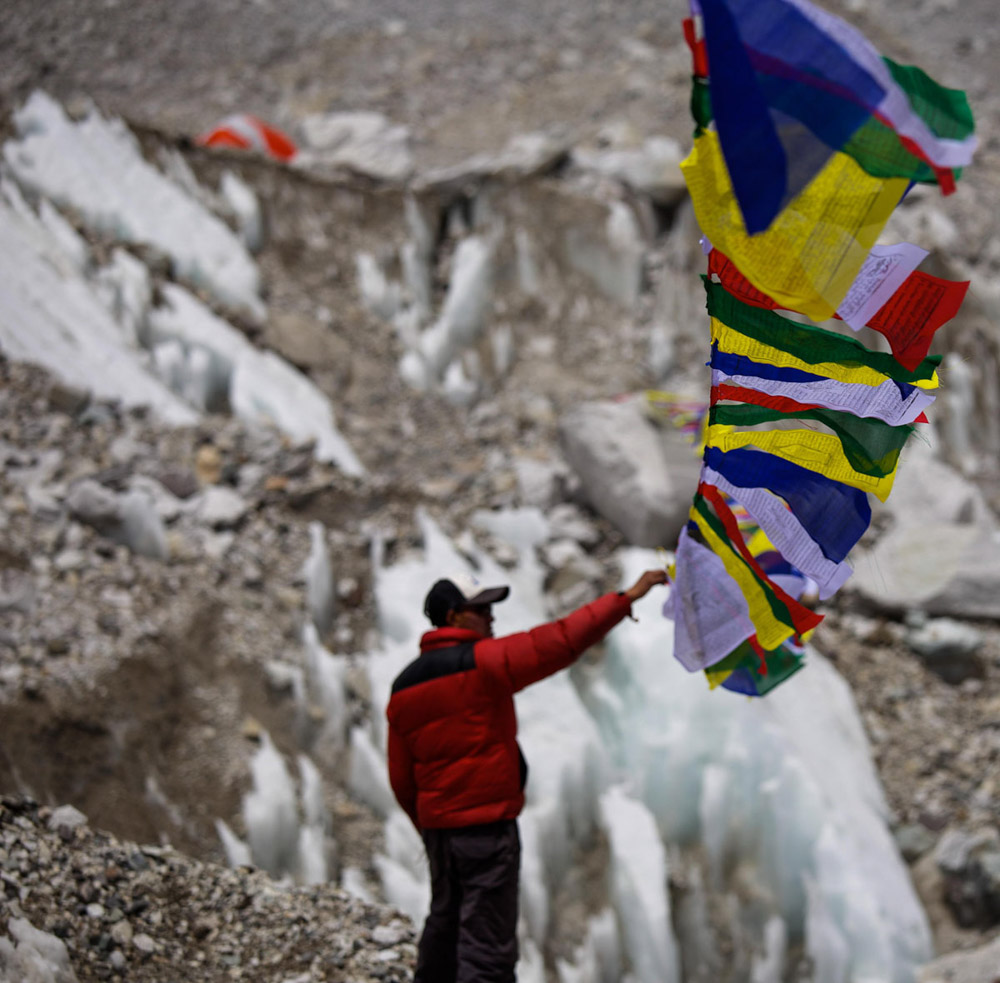
Donning many a bucket list, trekking to the Mount Everest base camp in Nepal has long been popular with tourist to the region. While it’s usually recommended for seasoned trekkers, the trek is often attempted, and completed, by amateurs as well.
RISK: Altitude Sickness or Natural Disasters
The Nepal Earthquake of 2015 remains a stark reminder of how quickly nature can strike. And without warning. Resulting in the deaths of 17 climbers and Sherpas due to an earthquake at Base Camp. In 2014, an ice fall caused the deaths of 16 climbers and Sherpas. The threat of natural disasters aside, altitude sickness is the number 1 concern for climbers and debilitates many climbers every year. Resulting in expensive evacuations and medical care. Most reputable companies will REQUIRE evacuation and medical insurance. If they don’t, stay away from them.
TIP: It’s imperative that you choose a guide company that’s certified and safe. I recommend Alpine Ascents International.
Roadtrip through The French Countryside, Mountains, and Villages

Too often visitors to France stick to Paris or Nice. Totally missing some of Europe’s most beautiful landscapes and villages. But a road trip through the world’s number 1 travel destination is hard to beat. You’ll experience little-known places like Grenoble, Morzine, St Etienne and Biarritz while hitting hot spots like Paris, Lyon, and Nice. All while giving you the freedom to explore as much or as little as you want.
RISK: Car Accident
Like anywhere else in the world, your biggest risk during a road trip is a car accident.Unlike the UK, France drivers are on the right side of the road. So this eliminates that concern of confusion. However, accidents still happen and you must be prepared the same way as in your home country. Another aspect you have to consider is the fact villages outside of France’s major cities might not have the same quality of roads or lighting.
TIP: Make sure you can read traffic signs in French as well as what each sign means. Be sure to check with your rental company regarding the exact amount of insurance you’ll require prior to your trip. Then ensure you have that coverage with your travel insurance company.
Follow The Underwater Steps of Cousteau at Barracuda Point in Malaysia
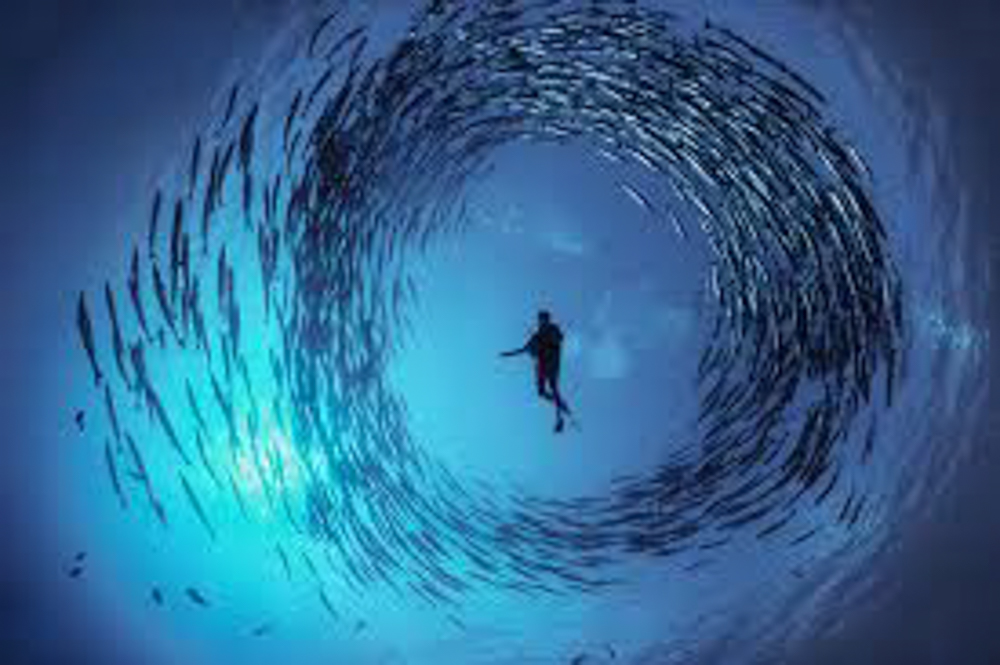
71% of the earth’s surface is water. While the Oceans hold 96.5% of it. So to say those that aren’t diving are missing a huge part of exploration, would be an understatement. Diving has become more and more popular over the last few years. With certification costs being relatively cheap in places like Southeast Asia. Which coincidently has some of the world’s best diving spots, such as Barracuda Point. Since legendary explorer Jacques Cousteau raved about the amazing biodiversity here, Sipadan has been a diver’s mecca.
RISK: Decompression Sickness
Decompression sickness is the largest danger divers face. DS is the result of inadequate decompression following exposure to increased pressure. Basically, the diver came up too fast. With proper training, adequate equipment, and adherence to PADI safety standards, the risk is minimal.
TIP: Ensure your diving certification is up to date. And try to stay at one of the many dive resorts. Ensuring you have ample time to prepare for your dive and rest for the next day’s trip down. Sipadan is on a daily permit system that can’t be acquired in advance. So you’ll need to be on site for this.
Take The Inca Trail to Machu Picchu
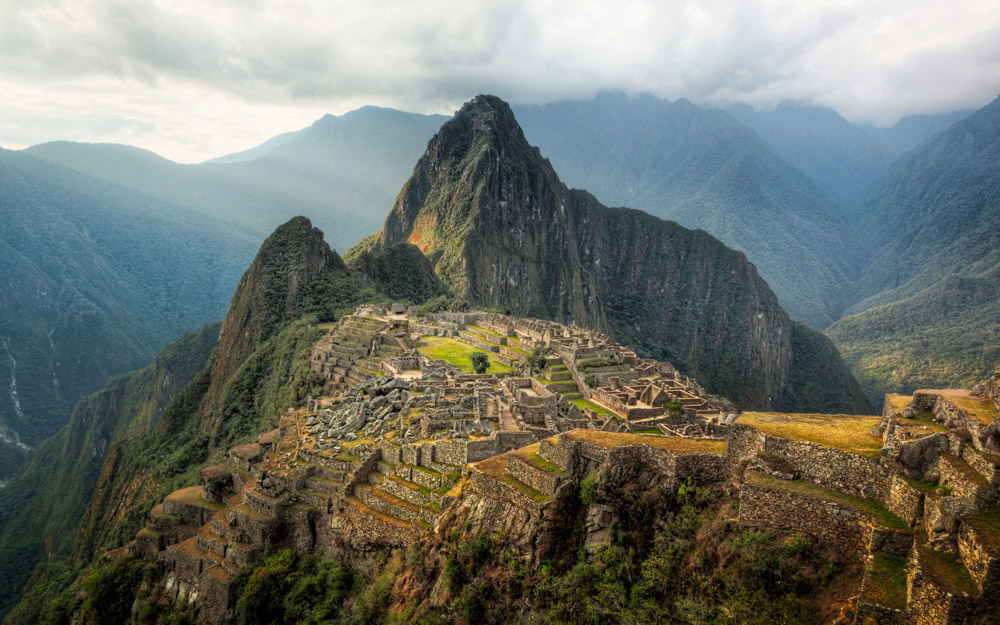
This Incan citadel has stood the test of time. And has become one of the world’s most popular tourist’s attractions. Member of the New 7 Wonders of the World and UNESCO World Heritage Site, Machu Picchu is a must visit for anyone looking to experience a marvel of human ingenuity. As the culmination of Inca Trail, Machu Picchu has become more than a tourist destination. But a true challenge for some looking to test themselves. Especially the longest trail, Mollepata.
RISK: Altitude Sickness
One of the biggest issues with Machu Picchu being so easily accessible is the fact many don’t take the time to acclimate to its elevation. While places like Mount Everest are obvious, Machu Picchu’s altitude is easy for impatient tourists to overlook. Resulting in several cases of altitude sickness being reported daily. Some severe enough to require medical treatment and evacuation.
TIP: Make sure you are physically fit for this experience. If you aren’t, several companies offer trains and bus packages. Make sure to schedule at least two days in one of the Sacred Valley towns. You’ll need to acclimate to the altitude.
Chase the Big 5, Safari in Africa
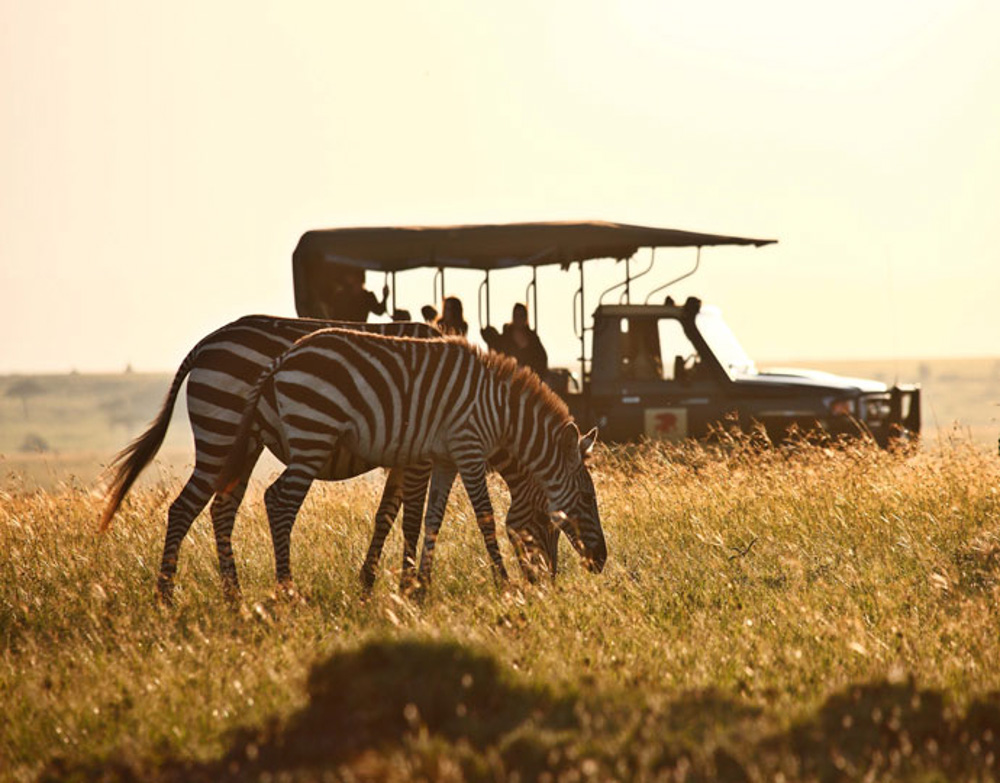
The African continent holds natural wonders that few other places can rival. Chief amongst them, animal diversity. And well-organized safaris can give tourists a glimpse into Africa’s most prized living resource. Many of us grew up on National Geographic Magazine. Where these animals seemed a world away. Now with the opening of tourism in the Safari industry, tourist have unprecedented access to Africa’s Big 5.
RISK: Animal Attack
Animal attacks are extremely rare. But some companies allow tourists to get extremely close to extremely dangerous animals when provoked. We’ve all seen videos of elephants attacking safari vehicles. When dealing with wild animals, anything can happen.
TIP: While Safari companies seem to be a dime a dozen these days, few are involved in responsible tourism practices. Be sure to hire a company that employs local guides, doesn’t allow guest to interact with animals, and is bonded by either Air Travel Organisers’ Licensing (ATOL) or the Association of Bonded Travel Organisers Trust (ABTOT).
This sponsored post was paid for by Allianz Travel Insurance. My current travel insurance provider and partner. All content is original and created by myself.



